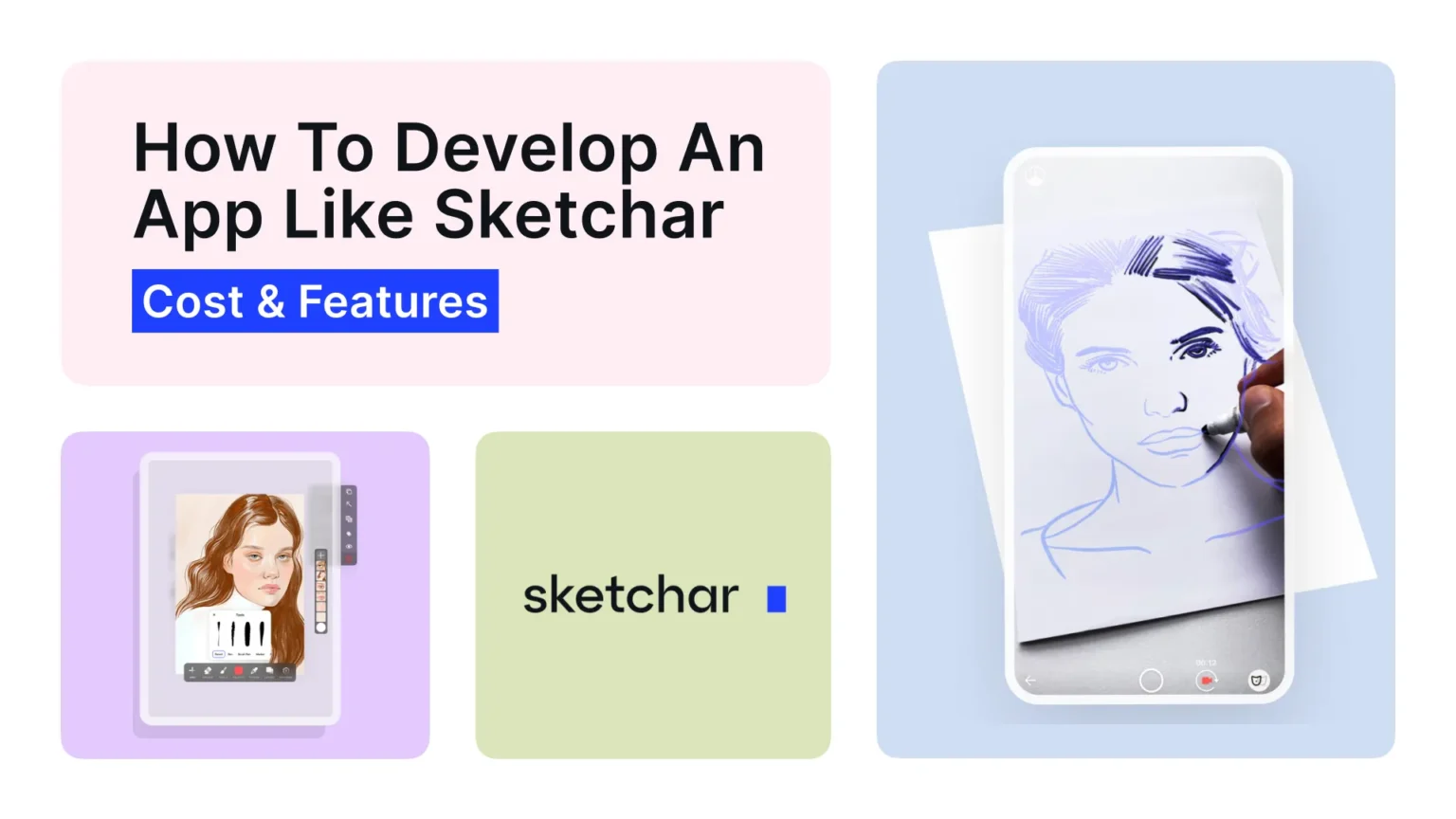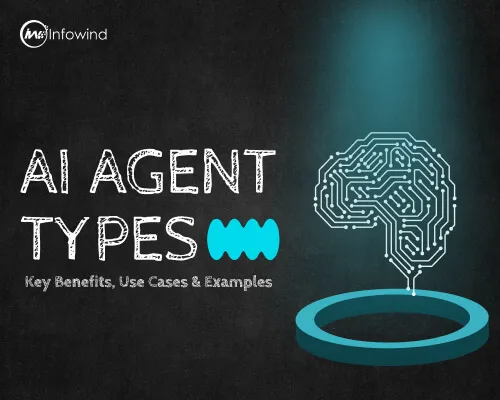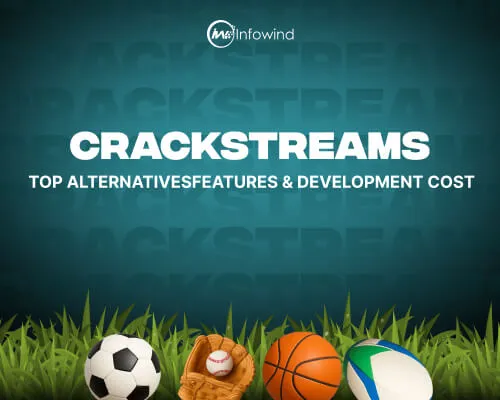The modern digital environment features creative learning apps that change how people acquire new abilities. Sketchar stands out as an AI-powered drawing application that uses AR technology and interactive lessons combined with AI assistance to enable users to boost their artistic potential.
Sketchar achieves worldwide popularity thanks to its innovative blend of technological advancements and creativity. It has enabled more than 11 million users to enhance their drawing competencies. According to Statista, the global EdTech market value will hit $404 billion by 2026 because innovative tools like Sketchar continue to increase in demand.
This article examines how Sketchar functions while going through its development sequence and offers a price gauge for creating an equivalent application. The guide delivers essential information to entrepreneurs, developers, and art enthusiasts aiming to develop an effective creative learning application.
What is Sketchar?
Users can improve their drawing abilities with Sketchar as the app uses AI technology combined with AR learning together with interactive educational content. The program blends art with technological features to enable novice and expert creators to make remarkable artwork.
These are the distinct features that make the app stand out from other competitors:
- Artists can use AI-based drawing tools that supply promotional ideas together with error detection features.
- Through AR-assisted learning, users can display outlines on surfaces, which helps them sketch under guidance.
- The application implements a gamification element that combines rewards and challenges as motivational tools for users.
The Sketchar product serves users from various backgrounds including both professional designers and educational professionals and beginners and advanced creators.
Sketchar gives users access to free tools, yet their premium content requires users to make in-app payments or subscribe to their membership plans. Sketchar stands unique from other drawing apps such as Procreate and Adobe Fresco because it includes AI and AR capabilities, yet users can find comparable features through ArtFlow.
Key Features of an App Like Sketchar
To replicate the functionality of Sketchar, users must implement AI-powered tools together with AR technology and create exhilarating user experiences. Here are the key features:
Augmented Reality (AR) Drawing Assistance:
The built-in functionality lets users show their outlines on actual surfaces to aid in tracing and sketching activities. The system delivers complete learning engagement while taking on the absolute advantage of novices and recreational users.
AI-Based Drawing Tutorials & Feedback:
A similar functionality as Sketchar exists through combined AI-drawn tutorials that offer step-by-step guidance. The learning process becomes better and more engaging when real-time feedback assists users in sharpening their abilities.
Gamification Elements:
Rephrasing will accelerate engagement when users receive challenges alongside rewards and tracking of their advancement. The app retains users more effectively because this feature drives them to maintain their practice activities.
Offline Mode & Cloud Synchronization:
The application provides offline use which enables users to practice musical notes even when they are offline. The users can easily access their artwork between various devices through cloud synchronization features.
Customization & Brush Tools:
The application should deliver multiple brushes and custom colors and effects as Sketchar does. Advanced editing tools provided by the application serve users from novice to expert levels.
Social Sharing & Community Engagement:
The app enables users to distribute their artwork through social networks and its internal social platform. The feature allows users to interact with the app and enhances its exposure to potential users.
Subscription & Monetization Features:
The application should implement a freemium approach, which gives users fundamental tools at no cost, but premium features and educational content become accessible through purchasing within the app or subscribing.
How to Develop an App Like Sketchar
Identifying the proper audience represents a critical factor for developing the Sketchar application. The key users include:
- The student population, alongside hobbyists, utilize the app to develop their drawing abilities using instructional AI and AR educational techniques.
- The app targets professional artists together with designers who require sophisticated custom tools that produce natural sketch quality.
- Educational staff who use creative learning applications for developing interactive teaching materials in their curricula.
A freemium model provides the most suitable option for monetizing the application. Users should access basic functionality without cost but detailed features as well as AI-powered feedback as well as specialized tools must be acquired by purchasing premium subscriptions or in-app content. You may also choose to collect payments for single purchases of individual courses and their related toolkits.
Choose the Right Tech Stack
You will need a strong tech stack for developing a stable and expandable application.
- Frontend & Backend Technologies.
- iOS: Swift, SwiftUI for smooth performance and native experience.
- Android: Kotlin, Jetpack Compose for efficient and modern UI.
- The dual-platform applications should use either React Native or Flutter to speed up development while allowing code to be used multiple times.
- Backend: Node.js for scalability and real-time interactions. Your application needs either Firebase or AWS infrastructure for its cloud structure.
- Database: PostgreSQL, MongoDB, or Firebase Firestore for efficient data management.
Also Read: Top Programming Languages: Trends, Uses & Future Insights
AI & AR Integration Tools:
- AI: Used TensorFlow and OpenCV for real-time drawing feedback and object detection.
- IOS users can depend on ARKit while Android users benefit from ARCore to achieve seamless AR-assisted learning.
Also Read: What is AR Zone App? Features, Benefits, & Compatibility
UI/UX Design Considerations
Sketchar requires an easy-to-use interface that should also maintain visual attractiveness.
- Clean design principles and a minimalistic interface should be applied to preserve the artwork’s focal point.
- The UI should contain brush tools with customizable colors and simple interface navigation options.
- The software requires gesture controls that implement friction controls to enhance user interaction for better results.
- The application’s AR interface must maintain simplicity and fast performance, especially when used by beginners.
Development Process
- Prototyping & Wireframing: Draw precise wireframes that help developers design the application workflow through mockups.
- MVP Development & Testing: The development of a Minimum Viable Product (MVP) will include core features that combine AI tutorials with AR drawing assistance.
- Integration of AI & AR Features: Implement AI-based feedback and AR projection functionalities.
- Beta Testing & User Feedback: The beta version will become available for actual users to test the application. The application requires user feedback during its evolution towards completion.
- Final Deployment & Maintenance: Launch the app through iOS and Android application platforms. The application will benefit from ongoing updates and maintenance procedures, which aim to improve stability and implement new features.
- Prototyping & Wireframing: Detailed wireframes and design mockups should be made to display the application flow structure.
- MVP Development & Testing: The development team should focus on creating a Minimum Viable Product (MVP) containing fundamental elements including AI tutorial support and AR drawing visualization aid.
- Integration of AI & AR Features: Implement AI-based feedback and AR projection functionalities.
- Beta Testing & User Feedback: Employ a beta version for users to perform genuine evaluations. The final application process requires receiving feedback from users to optimize the software.
- Final Deployment & Maintenance: The application should become available through both Android and iOS platform marketplaces. The application requires continual updates with maintenance activities to preserve stability while enhancing its features.
Cost to Develop an App Like Sketchar
The development of a Sketchar-like application requires consideration of three main cost elements, which include technological framework selection together with feature complexity. Here’s a breakdown:
Factors Affecting Development Cost:
Features & Complexity:
- Basic features like AR drawing assistance, AI-powered tutorials, and offline mode increase development time and cost.
- Facebook-like social sharing capabilities in conjunction with gamification features together with cloud synchronization cause the complexity level to increase.
AI & AR Integration Costs:
- Specialized developmental expertise is required for AI-powered feedback, which increases its initial development expense through the utilization of TensorFlow and OpenCV tools.
- Additions of ARKit (for iOS) and ARCore (for Android) increase the total installation costs.
Development Team (In-House vs. Outsourcing):
- Using internal staff for developers designers, and QA testers represents a cost-intensive approach that gives complete authority over the project.
- When hiring external agencies or freelancers companies can save money on project expenses though they need to dedicate extra effort for project monitoring.
Platform Choice:
- Development across separate iOS and Android platforms demands additional expenses because it requires native programming.
- An application built using React Native or Flutter will present lower development expenses than native coding.
Estimated Cost Breakdown:
- Basic app (MVP): $30,000 – $50,000 (core features, basic AI & AR integration).
- Moderate complexity app: $50,000 – $100,000 (advanced tools, cloud sync, and gamification).
- The full-featured application with premium AI capabilities, multi-platform features, and high-end design implementation requires budgets between $100,000 and $200,000 as well as additional expenses.
The total investment for software development depends on technology selection and team structure together with the degree of modification required thus providing attractive financial benefits for startup ventures.
Monetization Strategies for an App Like Sketchar
For financial success, the Sketchar application must develop a revenue generation approach that mixes free user access with premium features. Here are the key approaches:
1. Subscription-Based Model:
- Customers find continuing subscription plans at Sketchar and yearly and monthly membership options to be safe revenue sources.
- Upon subscribing, users will gain access to AI-powered tutorials, advanced brushes, and exclusive lessons within the application.
- Through this model, users secure regular payments together with sustained client loyalty.
2. One-Time Purchase for Premium Tools:
- The offer of premium toolkits together with AR templates presents itself as single-purchase packages to users.
- Such pricing fits users who need exclusive features yet refuse ongoing subscriptions.
- Specialized tools, together with course packs, are provided by similar apps to Sketchar primarily through this payment framework.
3. In-App Ads (for Free Version):
- Users who access the content without payment should encounter non-obtrusive advertisements only when they stop using the application post-tutorial completion.
- The business model enables unrestricted use because it creates revenue through ads.
- The ads must never interrupt the flow of drawing activities.
4. Affiliate Partnerships & Collaborations:
- Team up with EdTech businesses or art supply brands for affiliate business collaborations.
- Within the app, users can find promotional products that generate sales commissions for the user.
- Educational platforms partnering with you can generate extra earnings through jointly developed training programs.
Users will benefit from a revenue growth strategy when you implement subscriptions in combination with in-app ads and premium purchases to generate maximum earnings.
Challenges in Developing an AI-Powered Drawing App
Several technical along strategic obstacles present themselves when one develops an application like Sketchar because of its AI-powered drawing elements and AR-assisted learning capabilities.
1. AR Accuracy and Calibration:
- The successful operation of AR tracking and calibration demands exact precision for creating accurate sketch projections.
- AR misalignment occurs because of inconsistent lighting as well as surface textures and device constraints which hurts the user experience.
- ARCore (Android) and ARKit (iOS), combined with real-time environment mapping purposes enhance precision while building a mobile application similar to Sketchar.
2. AI Training for Personalized Drawing Guidance:
- When deploying AI tutorial systems, the system needs training across multiple drawing styles and drawing methods.
- The process of creating feedback for users requires complex data analytics, which depends on their skill level.
- Real-time sketch analysis becomes possible through the combination of TensorFlow and OpenCV processing methods. This leads to accurate adaptation of guidance for users.
3. Performance Optimization for Real-Time Rendering:
- The computing requirements of AI and AR features create performance problems for applications.
- The creative process through AR-assisted drawing may be disrupted when latency occurs during drawing.
- The prevention of this issue requires developers to concentrate on three sectors: efficient rendering pipelines alongside code optimization along memory management techniques.
- Applications perform better as a result of employing reduced AI models together with remote processing facilities.
4. User Retention and Engagement Strategies:
- Users face significant obstacles when it comes to staying interested in creative learning applications.
- A lack of fresh content and insufficient challenges lead users to stop using the application.
- Users can continue using the application because it implements gaming mechanics through daily challenges with rewards and progress-tracking features.
- The inclusion of functionalities that allow users to share through social networks helps increase application discovery and helps grow communities.
A successful resolution of these obstacles will help your application create a smooth user experience that matches the standards of Sketchar.
Conclusion
The potential of creating the AI-powered drawing app Sketchar remains significantly high in current digital education environments. The combination of AR-assisted drawing together with AI tutorials as well as gamification features creates an interactive learning experience for users across students, artists, and hobbyists. The rising EdTech trend creates business opportunities since these apps produce money by maintaining subscriptions and enabling both in-app purchases and partnering with other entities.
A successful app requires selecting the correct technology stacks for its construction. To achieve easy cross-platform functionality, developers must utilize React Native or Flutter in their projects. Node.js provides backend architecture technology that delivers high-speed alongside scalability features.
The development of user-friendly applications for both Android and iOS requires dependable services that specialize in creating high-performing mobile solutions.
Organizations that implement AI and AR innovations will maintain market leadership while extracting business value from the rising need for creative learning apps.






